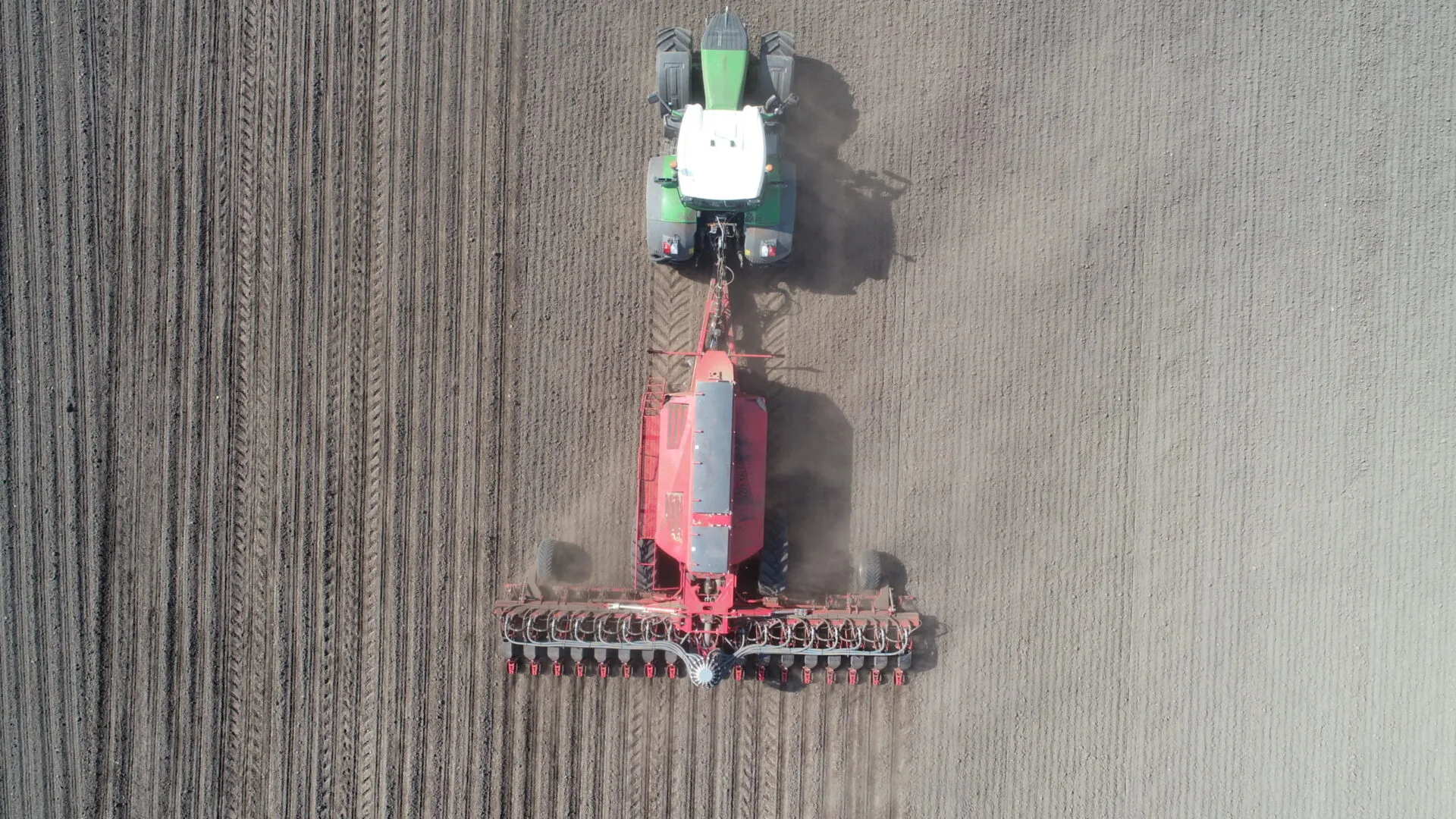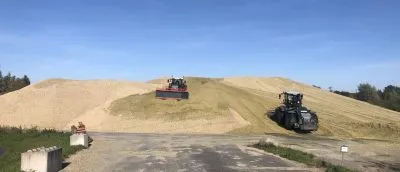What To Consider When Planting Corn
Corn silage is the most important energy source in dairy rations in the US. The stover fraction of the plant provides mostly digestible fiber and physically effective fiber, which is essential for rumen health and function. The kernel fraction provides mostly starch, an energetic dense nutrient that boosts milk production.

Corn planting decisions made now will influence forage and whole-farm management for years to come. Thus, it is important to consider some aspects of corn planting.
The corn hybrid that you choose will influence not only the cultural practices but also the nutritive value of the silage. For grain production, corn hybrids are usually selected based on the location’s growing conditions to maximize grain yield. However, when selecting hybrids for corn silage, it is crucial to consider yield and quality combined. The Milk 2006 corn silage evaluation system is a tool developed at the University of Wisconsin that predicts milk per acre and milk per ton provided by a given corn hybrid.
Hybrids that display high yield and high quality (milk per ton) will display greater milk per acre and, consequently, be more profitable. It is also important to pick hybrids that perform consistently under different soil and weather conditions to ensure that the potential performance is achieved for the unpredictable year ahead. Moreover, nutrient yield, fiber and starch mainly, influence the energetic commodities in the rations, thus it’s always a good idea to include your nutritionist in the hybrid selection.
Soil analysis is crucial to determining fertilizer needs for the crop. Always use a current soil chemical test to determine if soil pH correction and phosphorus/potassium applications are needed. It is important to consider the contribution of manure applications and previous crops in the field for soil nutrients. Talk to your agronomist to optimize soil conditions and, consequently, corn silage yield and quality.
Once the corn hybrid is selected and the soil is ready to plant, the next decision is determining the ideal plant population. Plant populations above 35,000 plants per acre tend to decrease in nutritive value and dry matter yield is optimum in populations above 33,000 plants per acre.
To accommodate the plant population target, it’s important to consider row width. While rows that are too narrow or too wide may not necessarily impact forage quality, the row width will impact corn silage yield. Your agronomist or seed dealer can help you determine the optimal row width and plant population for the selected corn hybrid. For corn optimal root development, planting depth should be between 1.5 to 2 inches.
Equipment maintenance will determine the efficiency of planting operation and can be key on tight optimal planting conditions windows. Before planting, adjust the planter to reach the desired plant population and planting depth and check periodically if the seeds are being planted as desired.
Every good decision that you make during planting and growing season can be ruined by bad silage making practices. This is why the right silage inoculant choice will help to control fermentation and conserve the nutrients harvested from the field which is crucial to your operation success.
If you want to get more information about our silage inoculants, click HERE.


